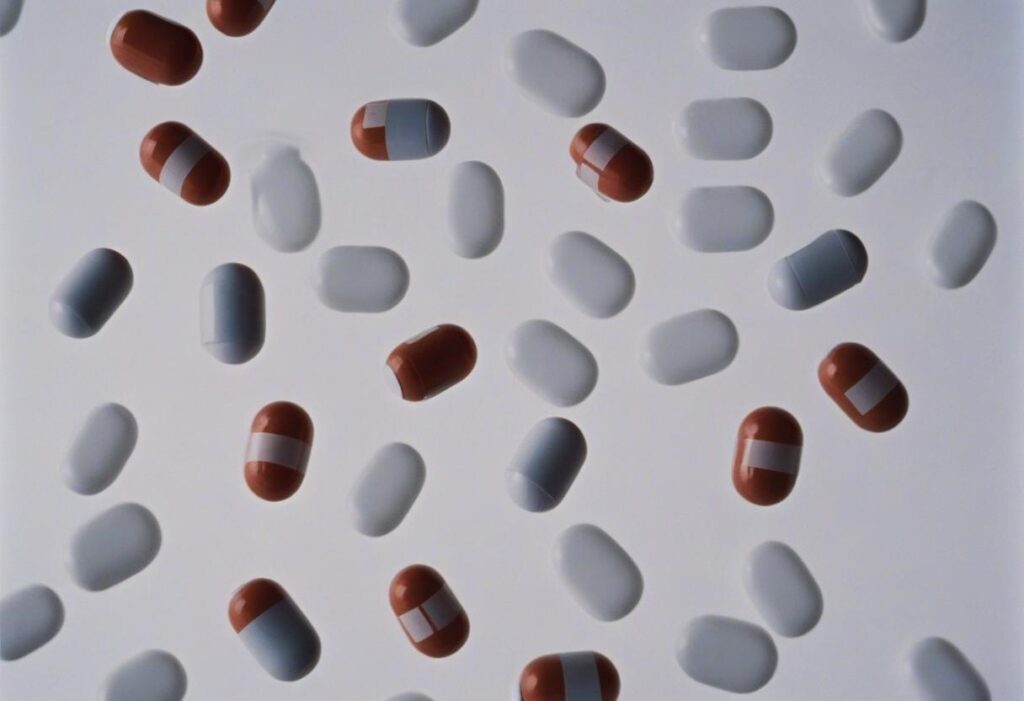Farxiga, a prescription medication commonly used to manage type 2 diabetes and chronic kindney disease, has proven to be a game changer for many patients. Helping the body expel excess sugar through urine can significantly improve blood sugar levels. However, one important aspect often overlooked is hydration. Staying adequately hydrated while taking Farxiga is crucial to avoid side effects and ensure the medication works as effectively as possible.
So, how much water should you drink when taking Farxiga? The answer isn’t as straightforward as you might think. IN this blog, we’ll explore how Farxiga affects your body, why hydration matters, and practical strategies to stay appropriately hydrated.
Why Farxiga Impacts Hydration

Farxiga, belongs to a class of medications known as SGLT2 inhibitors. These drugs prevent your kidneys from reabsorbing glucose instead of expelling it through urine. While this process effectively manages blood sugar levels, it can increase the amount of water excreted from your body, leading to a higher risk of dehydration.
Signs You Might Be Dehydrated
Your body has a few ways to tell you when you’re running low on fluids. Symptoms may include:
Increased thirst
Dry mouth or skin
Dark yellow urine
Feeling dizziness or lightheadness
Fatigue or sluggishness
If you experience these signs regularly while taking Farxiga, it might be time to reassess your water intake.
Recommended Water Intake While Taking Farxiga
Although there’s no one-size-fits-all answer to how much water you should drink, healthcare professionals provide helpful general guidelines. Adults should typically aim to drink 8-10 cups (64-80 ounces) of water daily. However, Farxiga users might need slightly more to counteract the increased fluid loss.
Here’s how you can estimate your ideal water intake:
Consult your healthcare professional to determine if your specific medical conditions require adjustments.
Pay attention to your body. If you’re thirsty, reaching for water before symptoms worsen is best.
Consider factors like activity level, climate, and other health conditions, such as kidney function or heart disease, which might impact your hydration needs.
Do You Need Electrolytes?

Farxiga not only increases water loss but can also decrease electrolytes like sodium and potassium in the body. Eating bananas, oranges, and leafy greens can help with mild electrolyte imbalances. If you’re concerned, tell your doctor whether an occasional electrolyte supplement or sports drink is safe.
Hydration Tips for Farxiga Users
Staying hydrated doesn’t have to feel like a chore. Here are some practical tips to help keep your water intake on track:
Start Your Morning with Water
Begin your day with a glass of water to replenish fiuids lost overmight. If you’re not a morning person, add a slice of lemon or cucmber to make it more refreshing.
Carry a Water Bottle
Always have a water bottle on hand throughout the day. Whether at your desk, in your car, or running errands, having easy access to water reduces the likelihood of dehydration.
Set Reminders
If you forget to drink water during a busy day, set reminds on your phone or use apps like “WaterMinder”to stay on track.
Hydrate Before and After Physical Activity
If you’re exercising or spending time in the heat, drink water before, during, and after. This replenishes fluids lost through sweat and prevents dehydration.
Opt for Water-Rich Foods
Fruits and vegetables such as watermelon, strawberries, cucmbers, and oranges are packed with water and can help you meet your daily hydration needs.
Limit Caffeinated and Sugary Beverages
While tempting, drinks like coffee, tea, and soda can dehydrate. Stick to plain water or herbal teas when possible.
When to Seek Medical Advice

While Farxiga is safe for many users, it does carry some risks that require medical oversight. If you notice any of the following symptoms, contact your doctor immediatel:
. Persistent dehydration drinking water
. Severe dizziness or fainting
. Persistent fatigue or confusion
. Unsual weight loss
Additionally, those managing chronic kidney disease, heart disase, or other underlying conditions should work closely with their healthcare provider to tailor hydration plan.
Building a Routine that Works for You
It’s not just about how much water you drink but how consistently you stay hydration levels while taking Farxiga. Start with manageble practices, like drinking water before meals or constantly keeping a water bottle by your side.
The Role of Your Care Team
Your healthcare provider plays a crucial role in guiding your hydration strategy. Farxiga users often have unique needs, so never hesitate to ask for advice. Whether understanding your exact fluid requirements or managing potential side effects, open communication ensures you stay safe while getting the most out of your medication.
Take Charge of Your Health
Staying hydrated is a critical part of managing diabetes and taking Farxiga. By understanding how hydration impacts your body and incorporating water into your daily routine, you set the stage for improved health outcomes. Remeber, every small step-like sipping a glass of water-is a step toward better well-being.
Consult your healthcare provider to personalize your hydration plan and ensure you’re hitting your goals. If you have tips or experiences to share about staying hydrated with Farxiga, we’d love to hear them in the comments below.
Conclusion
Taking Farxiga is a decisive step toward managing your diabetes and improving your health. By staying informed, maintaining proper hydration, and working closely with your healthcare provider, you are empowering yourself to achieve your wellness goals. Remember, small, consistent actions lead to signifcant results over time. Stay proactive, listen to your body, and don’t hesitate to seek support when needed. You’re not alone on this journey; every effort you make brings you closer to better health and well-being.
Drink wise, stay healthy, and take the lead in managing your care!



















